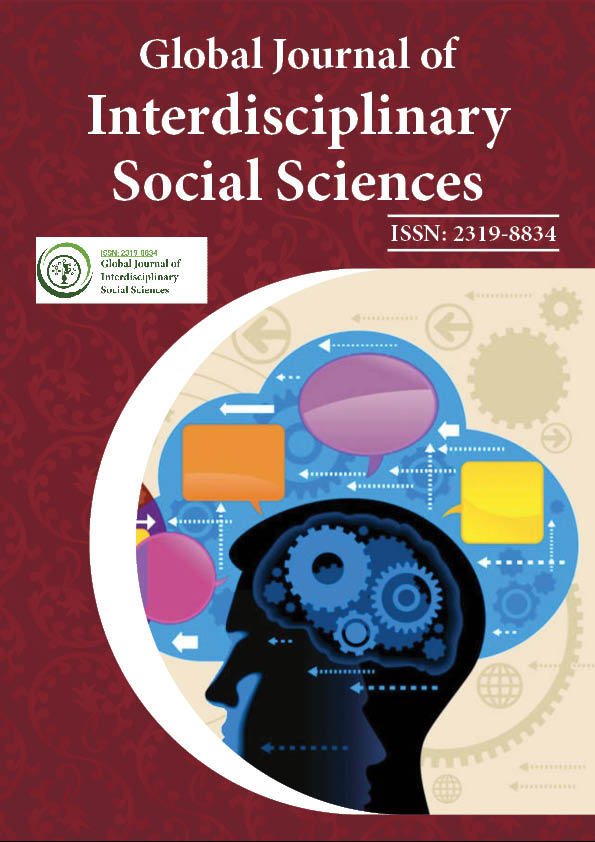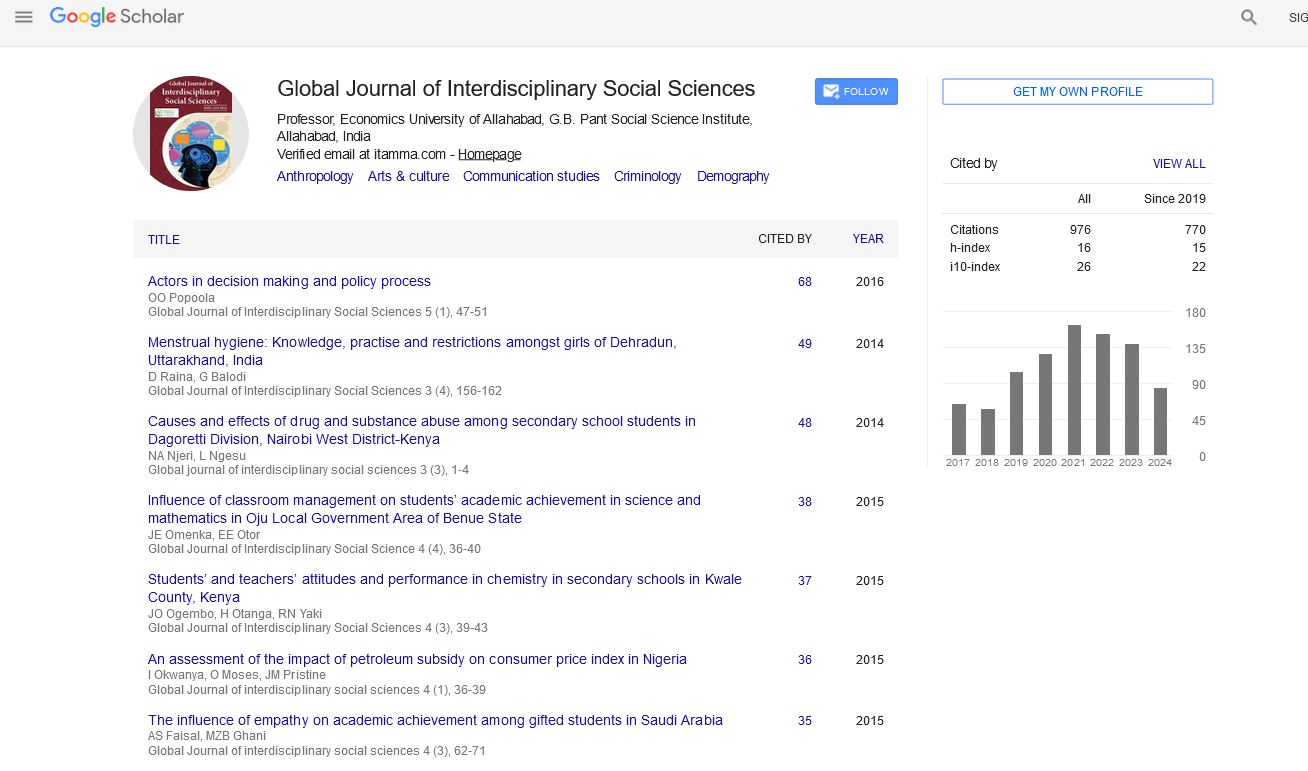Indexed In
- JournalTOCs
- Google Scholar
Useful Links
Share This Page
Journal Flyer

Open Access Journals
- Agri and Aquaculture
- Biochemistry
- Bioinformatics & Systems Biology
- Business & Management
- Chemistry
- Clinical Sciences
- Engineering
- Food & Nutrition
- General Science
- Genetics & Molecular Biology
- Immunology & Microbiology
- Medical Sciences
- Neuroscience & Psychology
- Nursing & Health Care
- Pharmaceutical Sciences
Abstract
Understanding the Dynamics of Religious Intolerance through the Language of Cinema: ‘An Analysis of the Film Amu by Shonali Bose’
Dr. Manju Sharma
In the contemporary world cinema has emerged as a powerful medium cutting across all sections of society. Cinema acts as a crucible where the narrative and cinematic devices interact to tell human stories: stories of our concerns, fears, anxieties, hopes and aspirations. Being primarily an audio-visual medium, it is accessible to many and hence holds the imagination of people of all nationalities and identities. Like any other medium of creative expression, it has been playing an important role in representing socio-political, religious and cultural dynamics of different societies. The multiethnic nature of the Indian subcontinent makes its social fabric rich but complex. Religion has been one of its important cultural constructs and adds to the complexity. It has witnessed events and scenarios where religion has played a defining role. There are a few works of cinema that have represented this facet of our existence. This paper aims at studying the award- winning film Amu by Shonali Bose for its exploration of the dynamics of religious intolerance against the Sikhs during the anti-Sikh riots of 1984. The study reveals how the aesthetics of cinematic language and the narrative elements bring the much less-documented chapter of Indian history to the world stage. It ex

